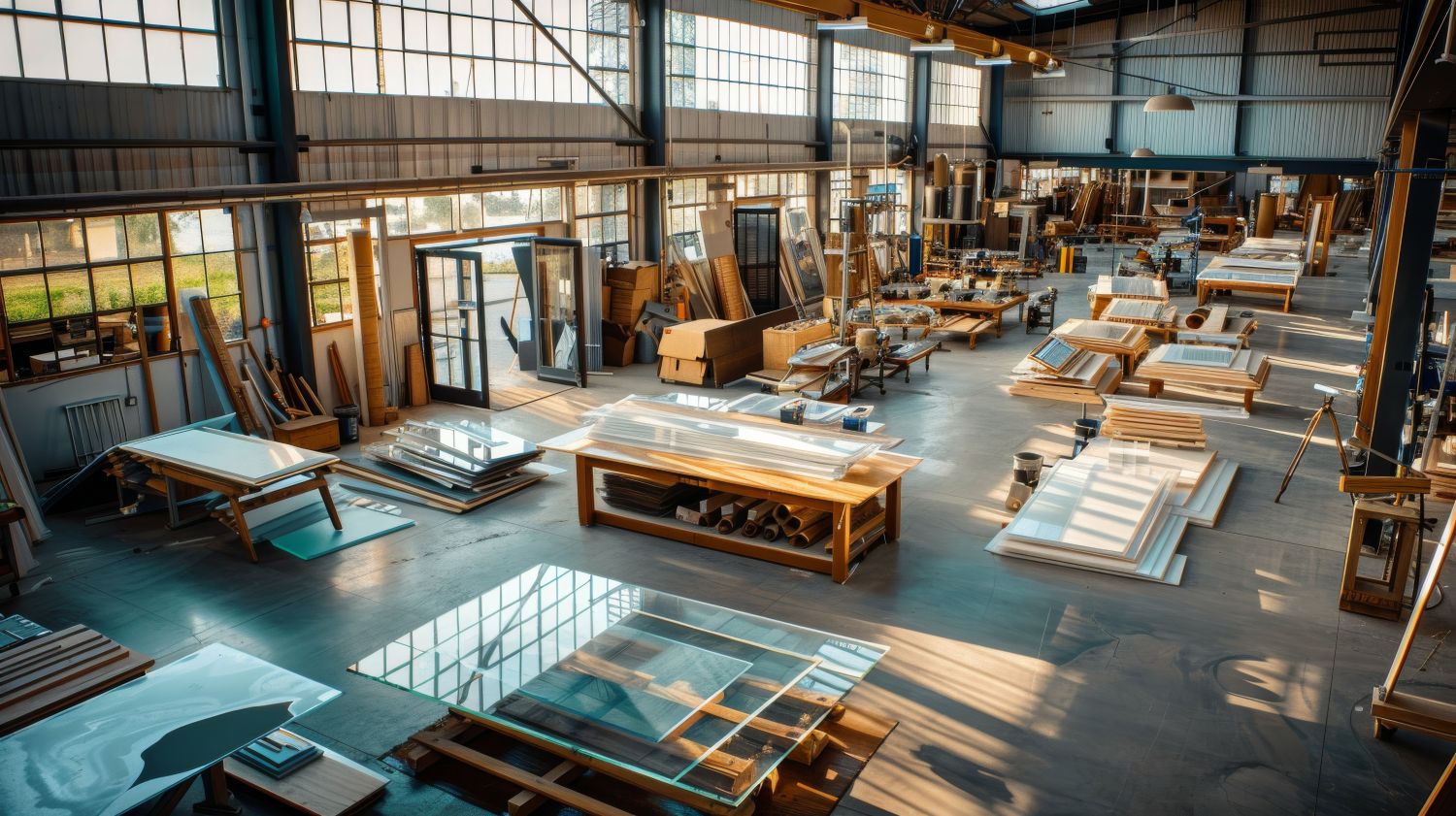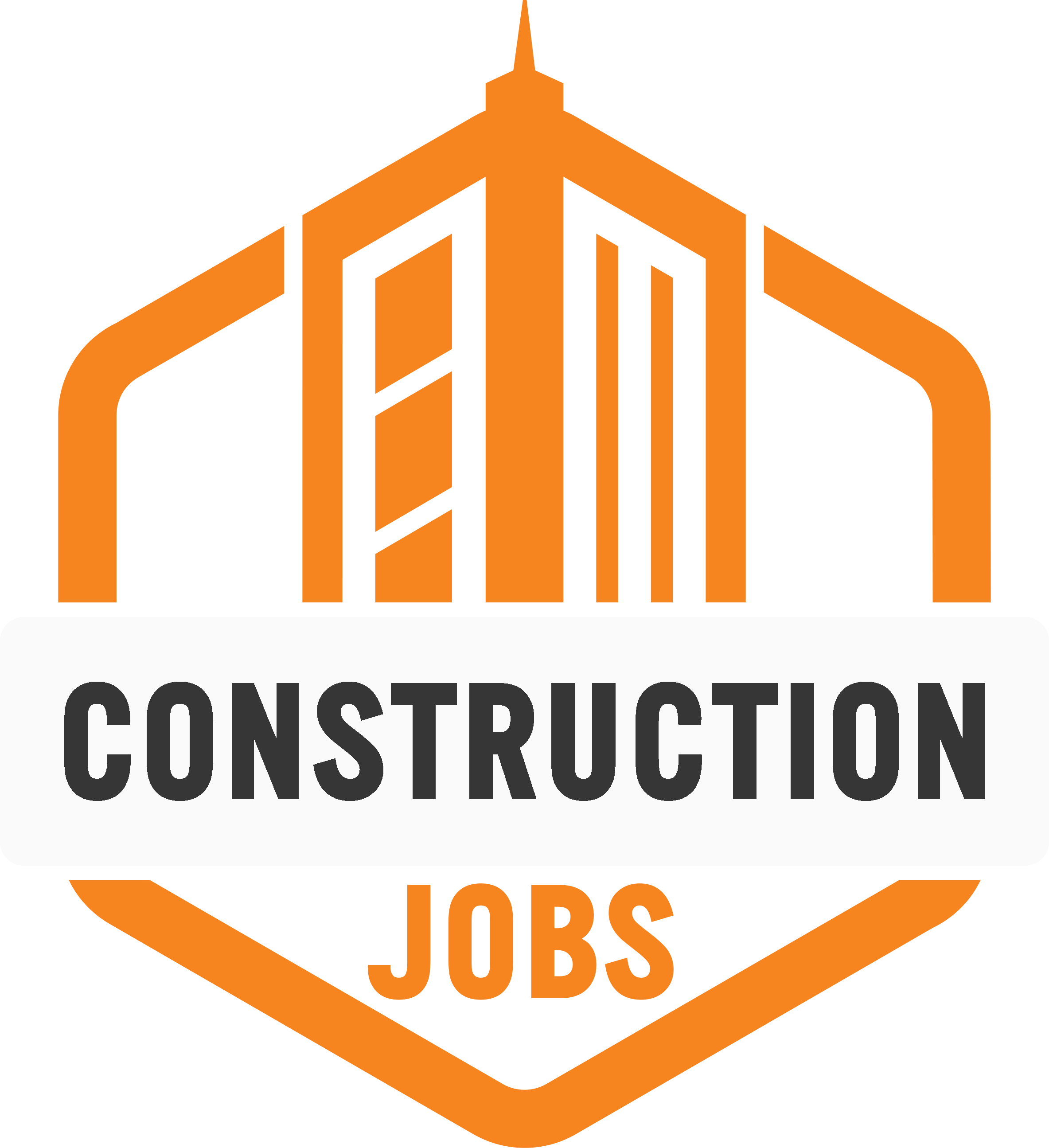How Circular Economy Principles Are Reshaping Construction Practices
Circular economy principles are challenging traditional models of “take-make-dispose”, keeping resources in use for as long as possible.

The construction industry has shifted significantly in recent years, driven by circular economy principles. This innovative approach challenges traditional linear models of “take-make-dispose.” Instead, it promotes a system that keeps resources in use for as long as possible with maximum value extracted from them.
The influence of these circular economy principles on construction practices has become more pronounced. It’s reshaping how buildings are designed, constructed, and eventually repurposed or deconstructed.
The Current State of the Circular Economy
The construction industry is adopting circular economy principles as it confronts the challenges of resource scarcity, waste management, and sustainability. Traditionally, construction has been a linear process, with resources extracted, used, and discarded at the end of a building’s life. However, there’s a growing shift toward circular practices, such as designing for disassembly and using recycled materials.
European regulations are pushing for more sustainable construction practices, leading to innovations like modular building designs and the reuse of demolition waste in new projects. In 2022, Europe had a circularity rate of 11.5% with a goal to double this by 2030.
Despite these advances, the construction industry faces significant challenges in fully embracing the circular economy. One major hurdle is the complexity of supply chains, which often involve multiple stakeholders, making it challenging to implement standardized circular practices. Additionally, the industry’s reliance on traditional methods and materials can slow the adoption of new, more sustainable technologies.
The lack of infrastructure and financial resources in developing regions further complicates efforts to transition to circular construction practices. Sustainable building materials and techniques also often come at a higher cost. This can be a deterrent for some builders, even though long-term savings and environmental benefits are substantial.
Nevertheless, the construction industry is gradually moving toward a circular model, driven by regulatory pressures and market demand for greener buildings. Innovations in material science, such as sustainable concrete alternatives and recyclable smart building materials, pave the way for eco-friendly construction.
Canada offers the U.S. an example of how to be proactive in developing policy frameworks to foster circularity. Initiatives such as extended producer responsibility (EPR) programs, which hold manufacturers accountable for the end-of-life disposal of their products, have been instrumental. Additionally, investments in research and innovation aimed at advancing circular technologies and business models have increased.
These efforts benefit the environment and enhance economic resilience and competitiveness, as circular practices can drive cost savings, job creation, and market opportunities.
How Is the Circular Economy Changing Construction?
Adopting circular economy principles is gradually reshaping the construction sector worldwide, resulting in a shift toward more sustainable and resource-efficient practices.
Reusing and Recycling Materials
The circular economy emphasizes designing buildings for longevity and adaptability. This approach encourages architects and engineers to consider the entire life cycle of a building from the outset, incorporating flexible designs that can be easily modified, disassembled, and repurposed. This reduces the need for new materials and lowers the carbon footprint associated with construction.
For example, machinery used in construction depreciates 20-40% after the first year, meaning rebuilding or repairing machines is more cost-effective and increases the machine’s life cycle. Additionally, incorporating modular and prefabricated construction techniques can further enhance the adaptability and reusability of building elements.
Driving Innovation
The circular economy drives innovation in construction methods and materials. Advances in material science are making it easier to incorporate circular principles into construction principles. These innovations reduce environmental impact and offer economic benefits by lowering long-term costs and improving resource efficiency.
Prefabrication
Prefabrication techniques are revolutionizing the construction landscape, offering efficiency, cost-effectiveness, and sustainability benefits. Items built off-site in controlled factory conditions can often be disassembled and reused in future projects, prolonging their life span. Prefabrication is poised to play an increasingly prominent role in the construction industry as demand for sustainable building solutions grows, accelerating the transition toward more resource-efficient practices.
Modular Construction
Modular construction is gaining popularity as a viable solution to address the pressing need for affordable and sustainable housing. Modular construction offers significant time and cost savings compared to traditional methods since standardized modules are prefabricated off-site and assembled on-site. These buildings are inherently adaptable and can easily be expanded, reconfigured, or relocated as needs change, extending their usefulness and reducing the need for new construction.
As urban populations continue to rise and housing affordability remains challenging, modular construction presents a promising opportunity to promote circularity in the built environment while meeting the growing demand for housing.
Refurbishment
Refurbishment extends the life span of existing buildings and infrastructure. Instead of demolishing and rebuilding, refurbishing upgrades existing structures to improve functionality, energy efficiency, and aesthetics. It preserves embodied energy and materials, reducing waste generation and environmental impact while revitalizing aging infrastructure. Additionally, these projects often incorporate sustainable design principles, such as energy-efficient systems and materials.
Regulations
Regulations across the United States are increasingly geared toward promoting sustainability and circularity. Building codes and standards are updated to encourage using environmentally friendly materials, energy-efficient designs, and sustainable construction practices. Additionally, government initiatives, such as green building certification programs, incentivize developers and builders to incorporate sustainable features into their projects.
Authorities are strengthening waste management regulations to promote the recycling and reuse of construction and demolition debris, driving the circular economy forward. Some global regulations and certifications include:
- Green Key
- BREEAM
- LEED
- Zero Waste
Ongoing Education and Training
Current training programs and workshops in construction educate team members on circular construction principles and practices to ensure they have the knowledge and skills needed to implement sustainable solutions in their projects. Staying informed about the latest advancements in eco-friendly construction technologies and techniques through industry associations, conferences, and research initiatives is also essential.
Circularity Is the Future of Construction
As the effects of climate change become more apparent, the principles of a circular economy will continue to profoundly influence construction practices. The shift toward a more circular economy promises to create environmentally responsible buildings and infrastructure.
- Share This →

